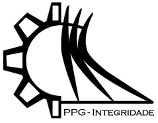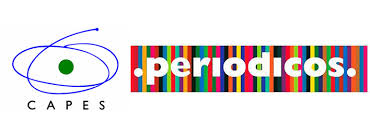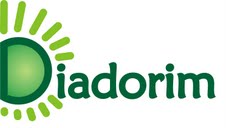DYNAMICS ANALYSIS OF 1D STRUCTURE INCLUDING RANDOM PARAMETER VIA FREQUENCY-DOMAIN STATE-VECTOR EQUATIONS
DOI:
https://doi.org/10.26512/ripe.v2i16.21623Palavras-chave:
Uncertainty quantification. Transfer matrix. State-Vector. Monte Carlo simulation. Spectral element method.Resumo
The consideration of uncertainties in numerical models to obtain the probabilistic descriptions of dynamic response is becoming more desirable in the way to quantify the parametric and non-parametric uncertainties associated with the model. In this work, an alternative approach to the spectral element formulation, in which the exact wave solutions are not required, the spectral element matrix including random parameters is derived from the transfer matrix formulated directly from the frequency-domain state-vector equation of motion. The analyses were made to quantify the effect of uncertainty in the dynamic responses at high frequency bands and the Monte Carlo simulation is used to propagate the variation in dimensional properties of the structural parameters. Some interesting results are presented, showing the effects of uncertainty parameters in the dynamic response of the structure.
Downloads
Referências
Cho, P. and Bernhard, R. . Energy flow analysis of coupled beams. Journal of Sound and Vibration, 211:593”“605, 1998.
Doyle, J. F. . Wave propagation in structures : spectral analysis using fast discrete Fourier transforms. Mechanical engineering. Springer-Verlag New York, Inc., New York, second edition, 1997.
Ghanem, R. and Spanos, P. . Stochastic Finite Elements - A Spectral Approach. Sprin, 1991.
J.C. Wohlever, R. B. . Mechanical energy flow models of rods and beams. Journal of Sound and Vibration, 153:1”“19, 1992.
Kinsler, L. E. , Frey, A. R. , Coppens, A. B. , and Sanders, J. V. . Fundamentals of Acoustics. John Wiley & Sons, 1982.
Kleiber, M. and Hien, T. . The Stochastic Finite Element Method. John Wiley, 1992.
Lee, U. . Vibration analysis of one-dimensional structures using the spectral transfer matrix method. Engineering Structures, 22(6):681”“690, 2000. doi: 10.1016/S0141-0296(99)00002-4.
Lee, U. . Spectral Element Method in Structural Dynamics. BInha University Press, 2004.
Lyon, R. H. and DeJong, R. G. . Theory and Application of Dynamics Systems, Second edition. Butterworth-Heinemann, Boston, 1975.
MaˆÄ±tre, O. L. and Knio, O. . Spectral methods for uncertainty quantification. Springer, 2010.
Rubinstein, R. Y. . Simulation and the Monte Carlo Method, 2nd Edition. Wiley, 2008.
Sampaio, R. and Lima, R. . Modelagem Estoc´astica e Gerac¸ ˜ao de Amostras de Vari´aveis e Vetores Aleat´orios. SBMAC (Notas em Matem´atica Aplicada; v. 70), 2012.
Santos, E. , Arruda, J. , and Santos, J. D. . Modeling of coupled structural systems by an energy spectral element method. Journal of Sound and Vibration, 36:1 ”“ 24, 2008.
Sobol’, I. M. . A primer for the Monte Carlo method. CRC Press, 1994.
Xiu, D. . Numerical Methods for Computations-A Spectral method approcah. Princeton University Press, 2010.
Yamazaki, F. , Shinozuka, M. , and Dasgupta, G. . Neumann expansion for stochastic finite element analysis. Journal Engineering Mechanics-ASCE, 114 (8):1335”“1354, 1988.
Zhu,W. , Ren, Y. , andWu,W. . Stochastic fem based on local averages of random vector fields. Journal Engineering Mechanics-ASCE, 118 (3):496”“511, 1992.
Downloads
Publicado
Como Citar
Edição
Seção
Licença
Autores que publicam nesta revista concordam com os seguintes termos:
Autores mantém os direitos autorais e concedem à revista o direito de primeira publicação, sendo o trabalho simultaneamente licenciado sob a Creative Commons Attribution License o que permite o compartilhamento do trabalho com reconhecimento da autoria do trabalho e publicação inicial nesta revista.
Autores têm autorização para assumir contratos adicionais separadamente, para distribuição não-exclusiva da versão do trabalho publicada nesta revista (ex: publicar em repositório institucional ou como capítulo de livro), com reconhecimento de autoria e publicação inicial nesta revista.
Autores têm permissão e são estimulados a publicar e distribuir seu trabalho online (ex: em repositórios institucionais ou na sua página pessoal) a qualquer ponto antes ou durante o processo editorial, já que isso pode gerar alterações produtivas, bem como aumentar o impacto e a citação do trabalho publicado.









